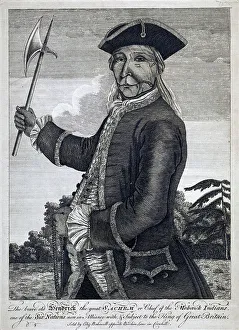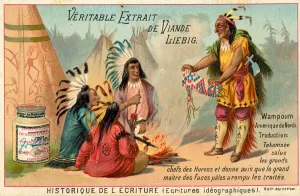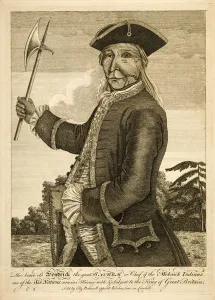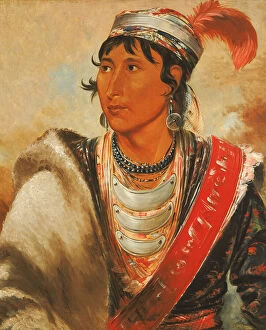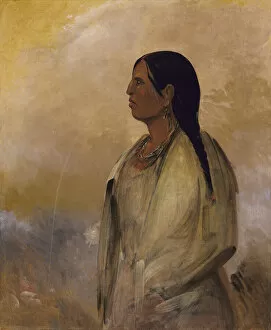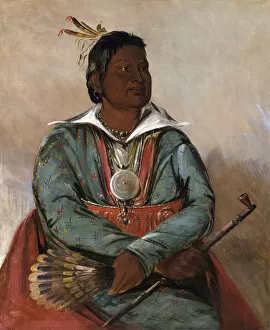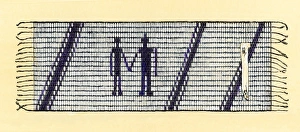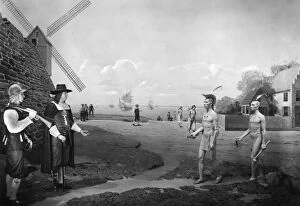Wampum Collection
"Wampum: A Symbol of Love, Rejection, and Native American Heritage" In the vast expanse of North America, wampum beads held a profound significance for indigenous tribes
All Professionally Made to Order for Quick Shipping
"Wampum: A Symbol of Love, Rejection, and Native American Heritage" In the vast expanse of North America, wampum beads held a profound significance for indigenous tribes. They were not just mere trinkets; they carried stories of love and rejection, woven into their intricate designs. And her lovers, the rejected, sought solace in these delicate strands of beauty. Handsome men adorned themselves with paint and feathers as they presented wampum tokens to win the hearts of their beloveds. The exchange was more than material; it symbolized devotion and commitment. The brave old Hendrick the Great Sachem or Chief of the Mohawk Indians proudly wore his wampum belt as a testament to his leadership and wisdom. It served as a visual representation of unity among tribes during Indian Councils - an engraving etched forever in history. Ma-shee-na's elk horns proclaimed his status as a Subchief while Sky-se-ro-ka stood tall as Second Chief with pride gleaming in his eyes. On-saw-kie knelt down in prayer, seeking guidance from higher powers through this sacred artifact. Ah-yaw-ne-tak-oar-ron embodied strength and courage as he donned wampum-adorned attire on the battlefield. Lah-shee, known affectionately as "Creek Billy, " showcased Creek culture through his unique style. A Choctaw Woman radiated grace wearing her cherished wampum necklace - an emblem connecting her to ancestral traditions passed down through generations. Mo-sho-la-tub-bee led his tribe with honor while Men-son-se-ah wielded power with Left Hand's warrior spirit by his side. Through George Catlin's artistry capturing these moments frozen in time, we glimpse into a world where wampum transcended its physical form. It became an embodiment of heritage that whispered tales from ancient times when Native American cultures thrived.

